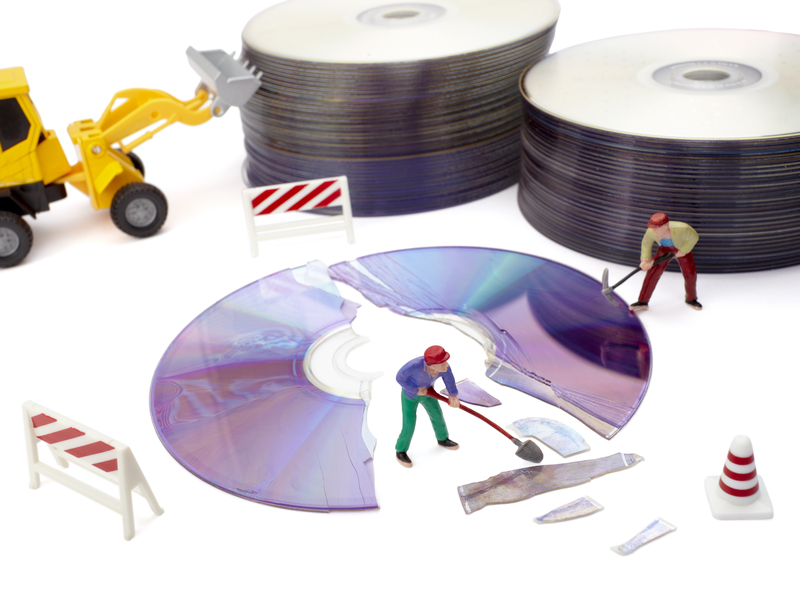Responsible Disposal Techniques for Styrofoam Waste
Posted on 23/06/2024
In recent years, the issue of pollution and environmental degradation has gained significant attention around the world. One of the major contributors to this problem is styrofoam waste. Styrofoam, also known as Expanded Polystyrene (EPS), is a lightweight plastic material commonly used in packaging for food and other consumer products. However, its disposability and slow rate of decomposition make it a major threat to our environment. In this article, we will discuss responsible disposal techniques for styrofoam waste, including tips, pros and cons, and key takeaways.
What is Styrofoam Waste?
Styrofoam waste is any discarded product made from polystyrene foam or EPS. It is widely used in packaging for its insulating properties, affordability, and durability. However, once it is disposed of, it can stay in the environment for hundreds of years without degrading. This poses a significant risk to wildlife and human health.

The Environmental Impact of Styrofoam Waste
The production and disposal of styrofoam have a devastating impact on the environment. Its main component, polystyrene, is derived from petroleum, a non-renewable resource that contributes to climate change. Styrofoam waste also takes up valuable space in landfills and can release harmful chemicals into the soil and water when it breaks down.
Moreover, styrofoam waste has become a major threat to marine life. According to a report by the Ocean Conservancy, styrofoam ranks as the fifth most common type of litter found on beaches worldwide. Marine animals often mistake small pieces of styrofoam for food and ingest them, leading to choking or intestinal blockages.
Responsible Disposal Techniques
There are several responsible disposal techniques for styrofoam waste that individuals and businesses can adopt to minimize its impact on the environment. The first and most important step is to reduce the use of styrofoam products. Choosing reusable or biodegradable alternatives, such as paper or cardboard packaging, can significantly decrease the amount of styrofoam waste generated.
For those who must use styrofoam, proper recycling is crucial. Many curbside recycling programs do not accept styrofoam due to its low density and lack of profitability for recycling facilities. However, some organizations, such as the EPS Industry Alliance, offer collection services for businesses and individuals to recycle their styrofoam waste properly.
Another responsible disposal technique is to repurpose or upcycle used styrofoam products. This could include using it as insulation for home projects or donating used packing materials to local shipping stores. By finding creative ways to give new life to styrofoam waste, we can reduce its negative impact on the environment.
Pros and Cons of Styrofoam Waste Disposal
Pros:
- Affordable packaging option
- Lightweight and durable
- Provides insulation for food and other products
Cons:
- Non-biodegradable
- Takes hundreds of years to decompose
- Can harm wildlife and marine life
Tips for Responsible Disposal
- Avoid buying products packaged in styrofoam whenever possible.
- If you must use it, consider reusing or repurposing it before disposing of it.
- Seek out local recycling programs that accept styrofoam.
- Encourage businesses in your community to switch to more sustainable packaging options.
- Educate others about the environmental impact of styrofoam waste and the importance of responsible disposal.

Key Takeaways
- Styrofoam waste is harmful to the environment due to its non-biodegradable nature and long decomposition process.
- Reducing the use of styrofoam and finding responsible ways to dispose of it are crucial steps in protecting the environment.
- Recycling, repurposing, and upcycling are all effective methods of responsible disposal for styrofoam waste.
Conclusion
In conclusion, responsible disposal techniques for styrofoam waste are essential to minimize its negative impact on the environment. By reducing our use of styrofoam, recycling it properly, and finding creative ways to give it new life, we can all play a role in preserving our planet for future generations. Let's take responsibility for our actions and make a conscious effort to dispose of styrofoam waste responsibly.





